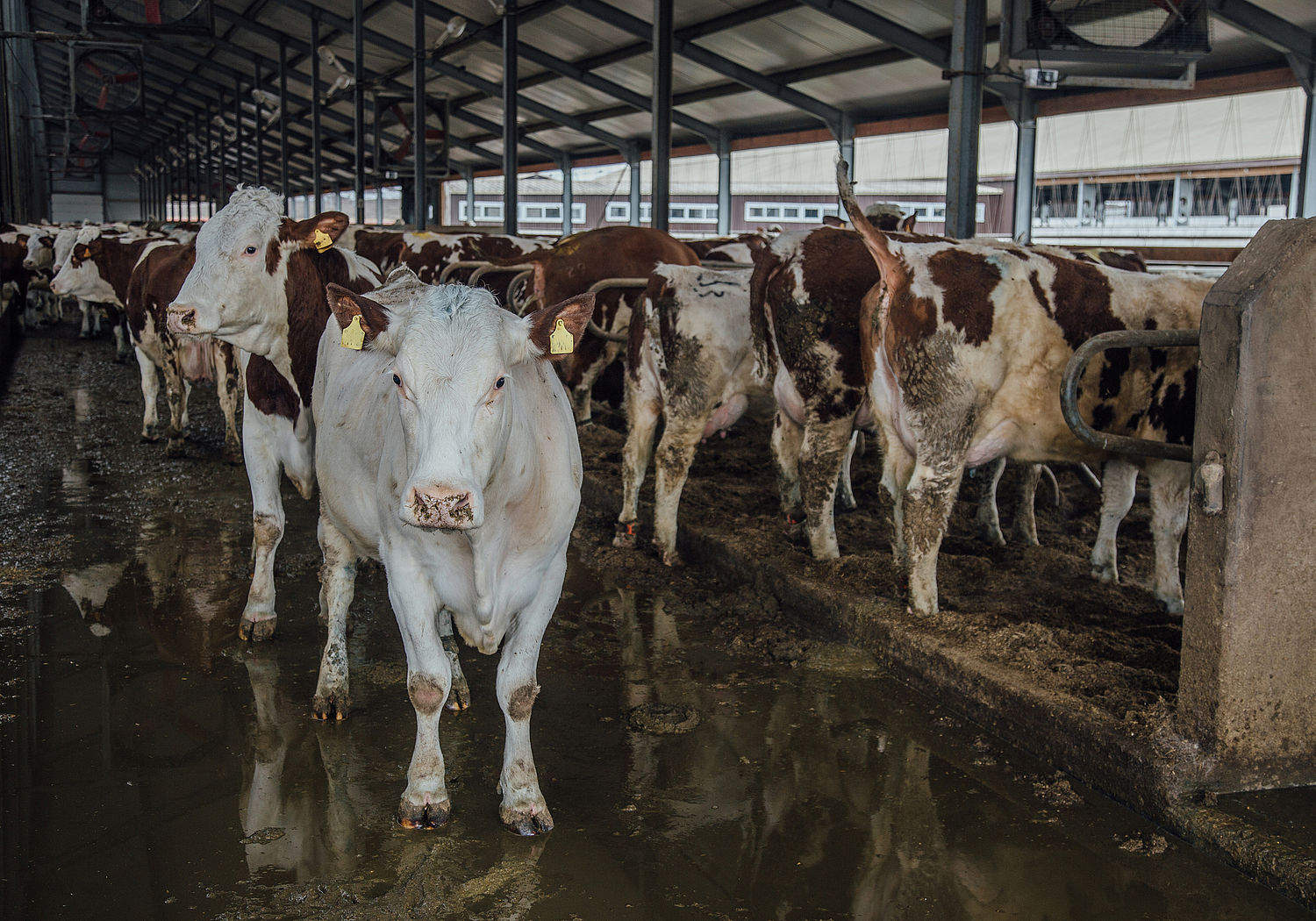On farm quantification of ammonia and greenhouse gas emissions from livestock production
Short Name: quantiAGREMI, Project Number: 21GRD10
Developing a SI-traceable field measurement infrastructure to help reduce the impact of farming on the environment.
The EU agricultural sector significantly contributes to Europe’s anthropogenic emissions; 93 % of ammonia (NH3) emissions, 48 % of methane (CH4) emissions and 72 % of Nitrous oxide (N2O) emissions are a result of farming. NH3 forms particulate matter, causing around 4.2 million premature deaths per year worldwide, and CH4 and N2O are potent greenhouse gases (GHG). The European ‘ Farm to Fork’ strategy aims to reduce GHG emissions from agriculture and food production by 2030. To meet these targets and comply with policy, farmers need accurate emission inventories, however, these currently have an error range of 100 - 300 %. Therefore, a European metrology infrastructure must be developed to improve measurement uncertainty in this area.
Building on work of the previous EMRP project ENV55 MetNH3 this project will produce reference gas mixtures to calibrate measurement devices used in livestock housings. Techniques for quantifying NH3 and CH4 emissions from housings will be improved, targeting an uncertainty of 10 % (CH4) to 20 % (NH3) for mechanically ventilated animal housing and 30 % (CH4) to 40 % (NH3) for naturally ventilated housing. Improved N2O inventories from agricultural soils will be prepared and the NH3 footprint around livestock buildings quantified and suitable sensors to measure GHG emissions under real conditions identified. Good practice guides will be generated, allowing more precise, SI-traceable, emission inventories for GHG and air quality. Together this work will allow farmers and policy makers to develop clear mitigation policies, help meet EU targets, and reduce the effects of agriculture on the environment.
